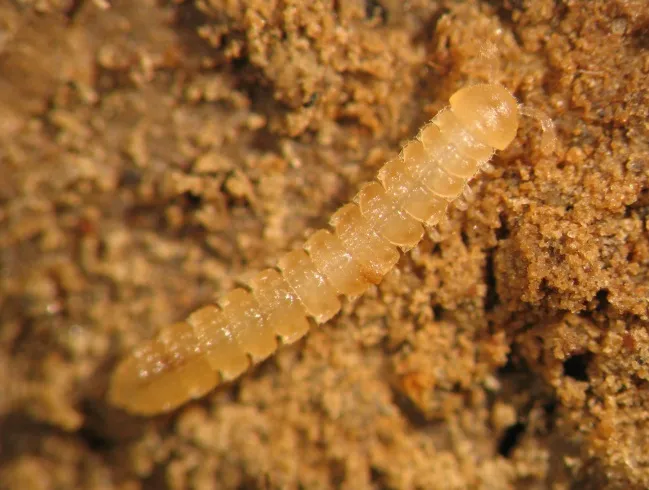How well do you know the soil you step on daily or cultivate crops on? Did you know that without fungi, we might not have plants? It is possible that you have heard about that but what about earthworms which you see in your backyard being an invasive species in some parts of North America? While you might pick up a handful of soil and see it just as dirt but beneath the surface is a whole world of different organisms creating a biodiverse life.
When we want to talk about a common soil organism in our ecosystem, we will mention one of Earth's greatest engineers, the Earthworm. Earthworms create tiny tunnels as they move underneath the soil creating burrows, which allow for water and air to pass through thereby helping plants and other soil organisms to survive.
Just as earthworms are great engineers, so are fungi. Known for both being delicious and deadly, like the mushrooms you see which are the visible aspects of it. The invisible part of it which is the mycelium forms a vast network underground including attaching to roots underground. The mycelium helps them decompose organic matter as well as connect different plants. Their ability to break down wood into nutrients is impeccable.
Fungi were also the precursors of plants hundreds of millions of years ago. Fossils from 400 million years ago show that fungi and plants formed a relationship in order to colonize the Earth. Fungi were responsible for providing nutrients that allowed plants to survive and thrive.
Springtails are another insect-like organism that lives in the soil, similar are nematodes which are tiny little worms that feed on bacteria, fungi, and other nematodes. Nematodes are a key part of the food web in the soil. When thinking of life in the soil, other creatures that also live in the soil are centipedes, mites, tiny protozoans, pseudoscorpions, archaea, and bacteria.
When you hold a handful of soil, there can be millions or billions of organisms present there, and these live together to ensure the soil is healthy. We could see bacteria decomposing organic matter, fungi forming networks that are important in resource sharing, nematodes regulating the soil population, and so on. This system is important for the survival of organisms in the soil, and the health of the soil itself.
When next you hold that soil in your hands, do not see it as a whole layer of dirt, rather it is a complex layer of pores, channels, and crumbs that houses millions and billions of living organisms. Also, let’s not forget that the soil also stores carbon it thereby keeping it out of the atmosphere.
Reference
https://www.fao.org/interactive/soil-biodiversity/en/
https://www.decadeonrestoration.org/stories/soil-biodiversity-contributions-and-threats
https://pubmed.ncbi.nlm.nih.gov/37549278
https://www.sciencedirect.com/topics/earth-and-planetary-sciences/soil-biodiversity
https://www.sciencedirect.com/science/article/abs/pii/B9780128229415000041
https://pmc.ncbi.nlm.nih.gov/articles/PMC5932366/
https://www.sciencedirect.com/topics/agricultural-and-biological-sciences/soil-fungi
https://pmc.ncbi.nlm.nih.gov/articles/PMC10054492/
https://www.sciencedirect.com/science/article/abs/pii/S0147651305000758
https://www.soilassociation.org/causes-campaigns/save-our-soil/meet-the-unsung-heroes-looking-after-our-soil/why-are-worms-important/

